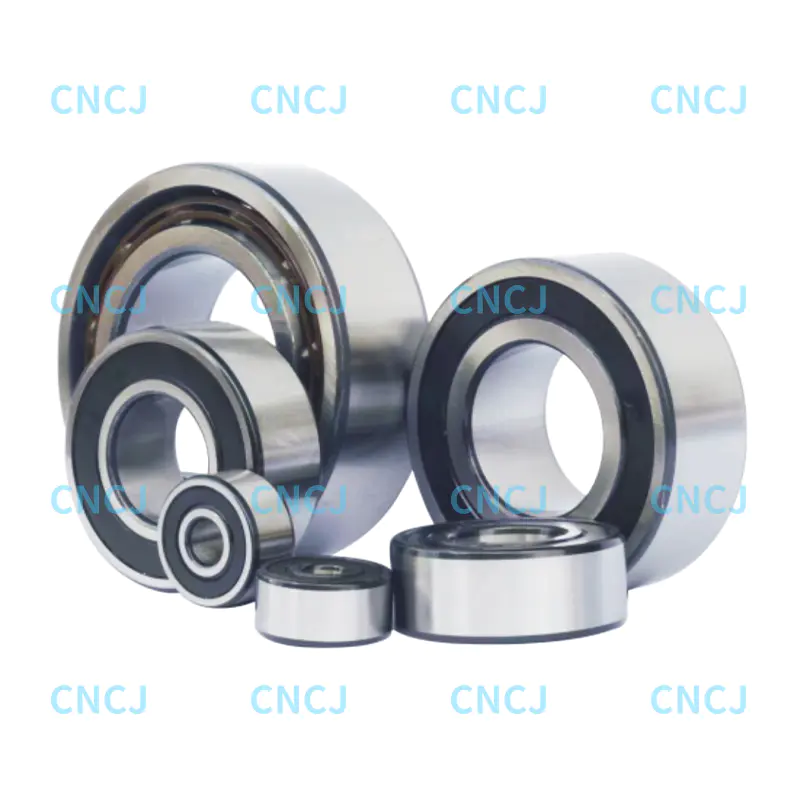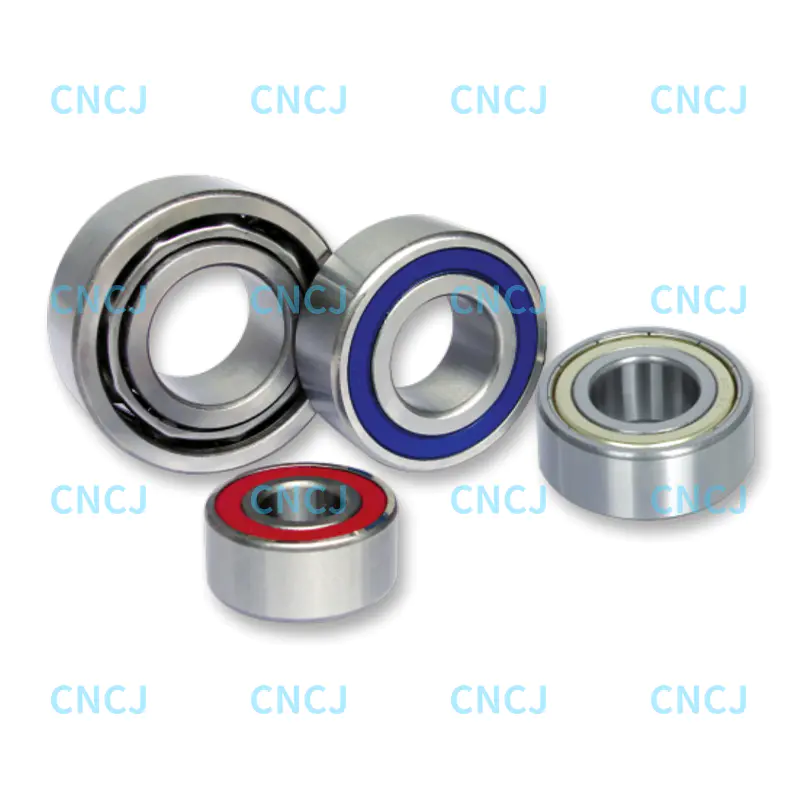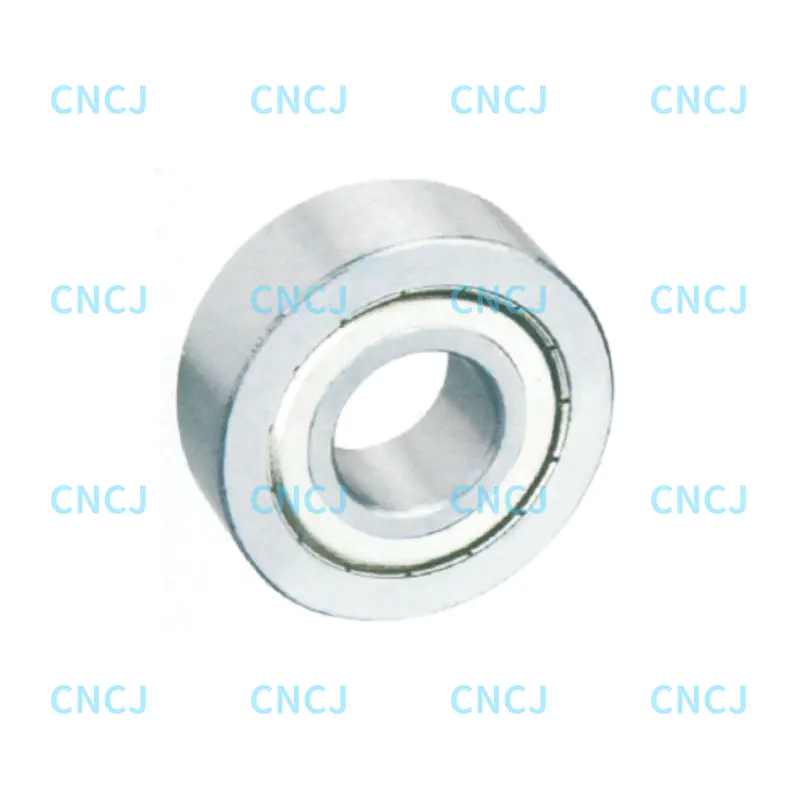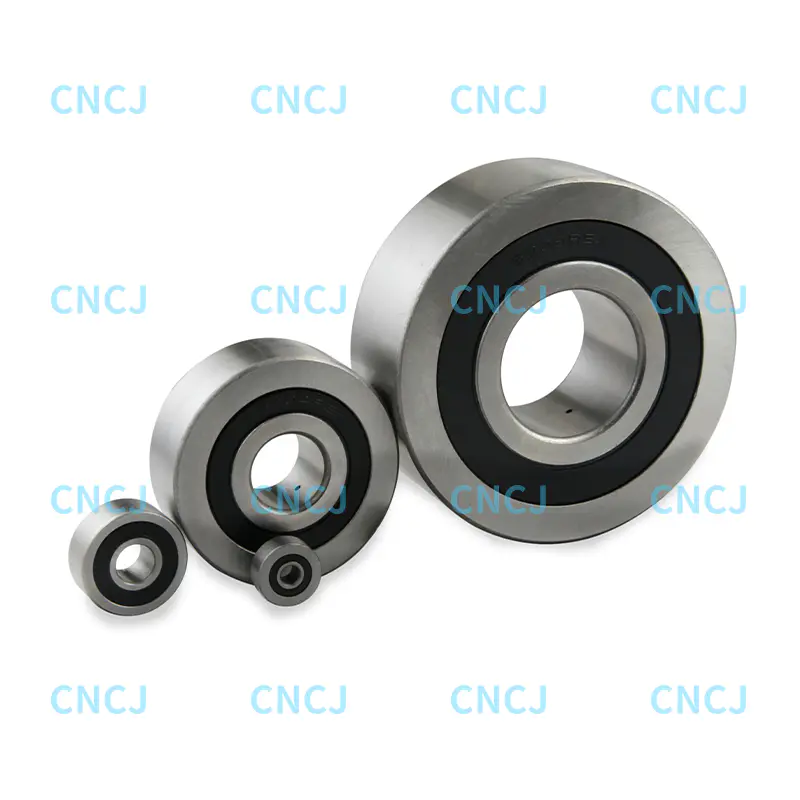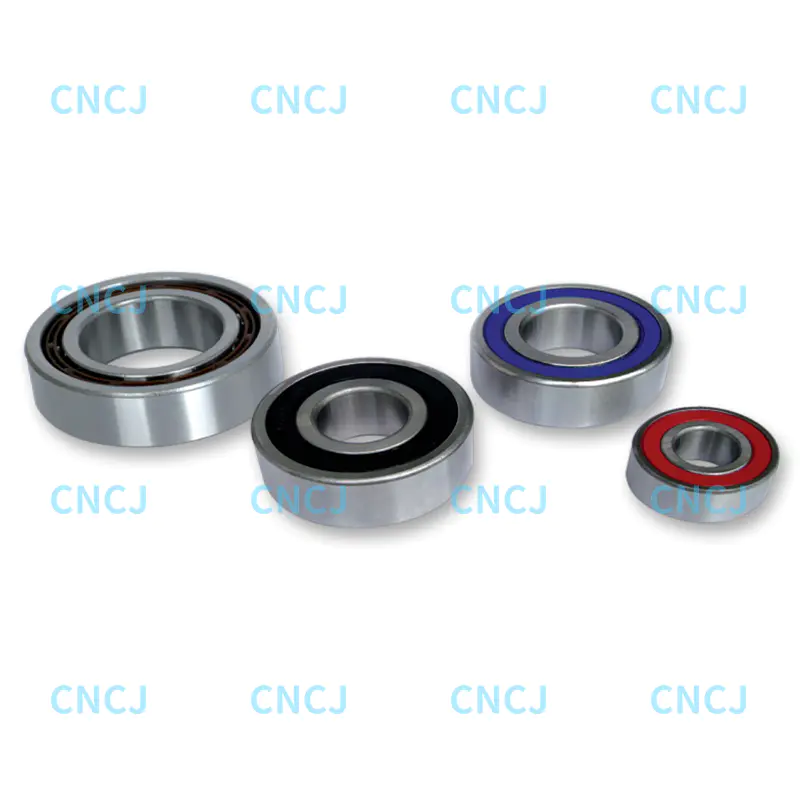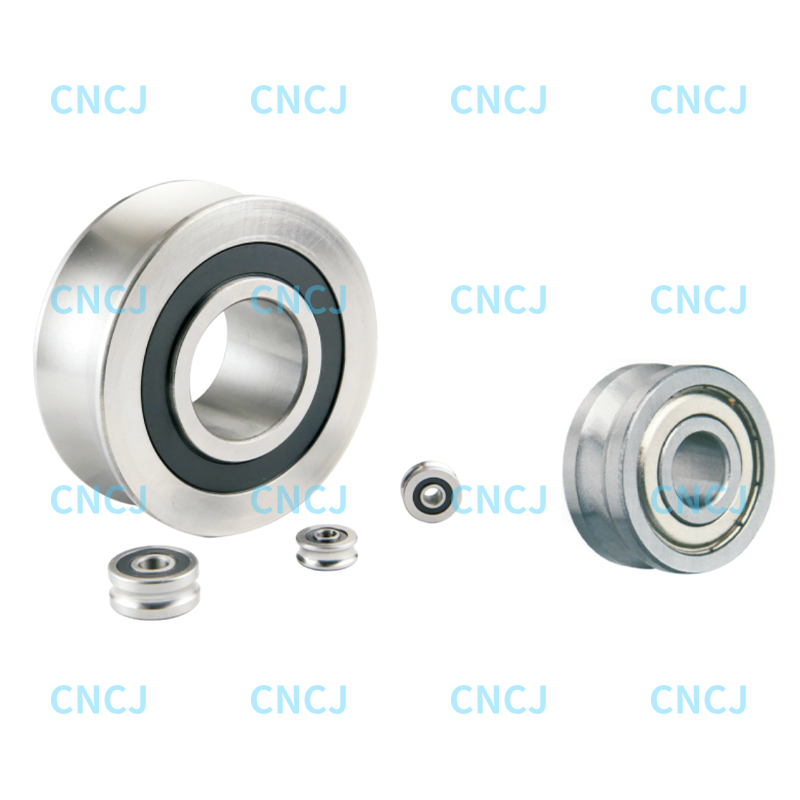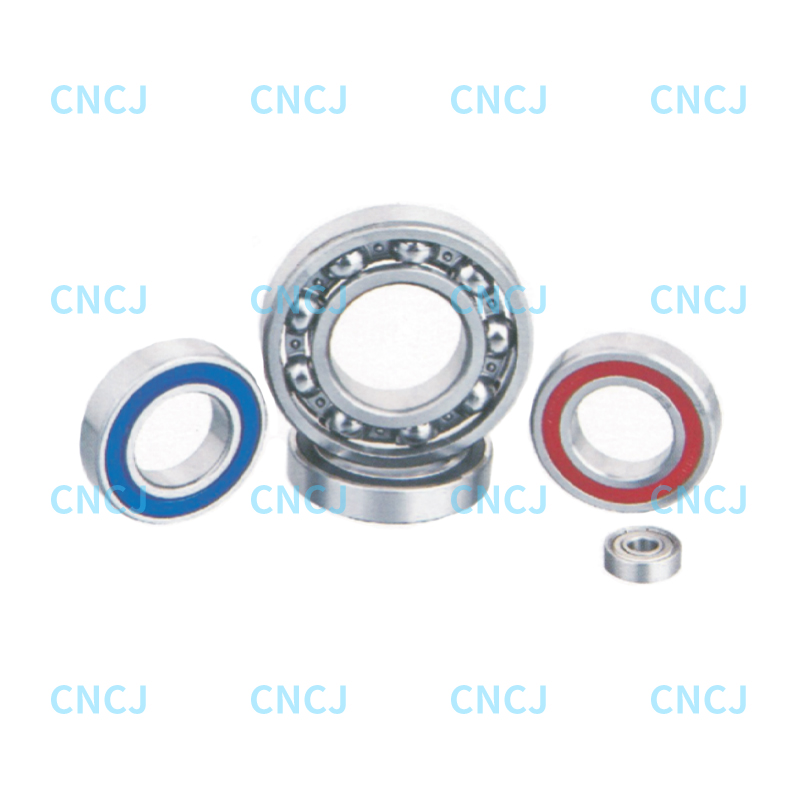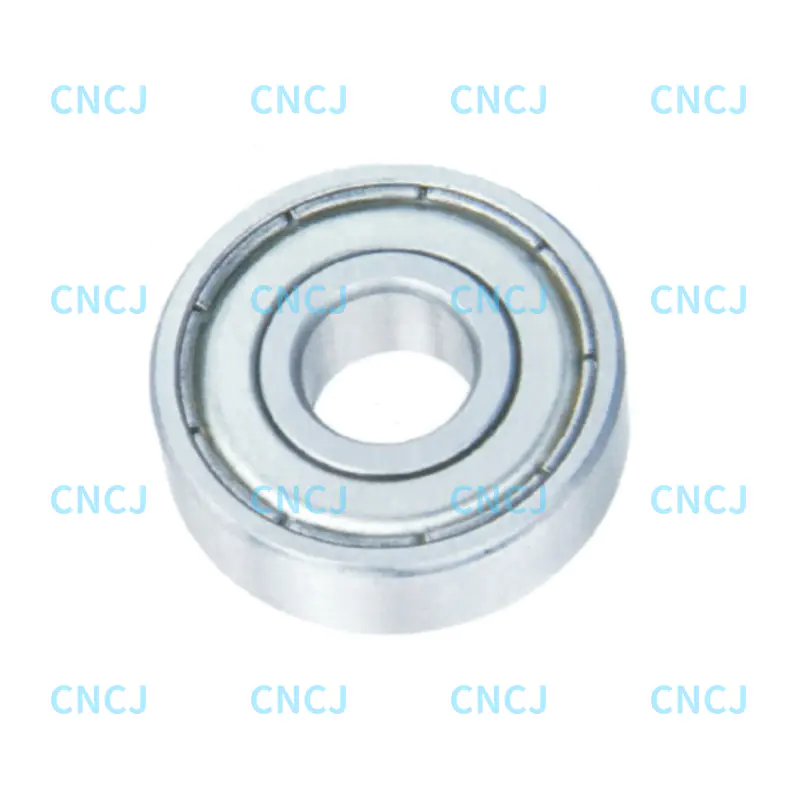What Cognitive Misunderstandings Are Easy to Fall Into When Selecting Inch Series Deep Groove Ball Bearings?
In the process of industrial equipment matching and maintenance, inch series deep groove ball bearings have become key components in many scenarios due to their ability to adapt to the equipment requirements of specific size standards. However, in the selection process, many cognitive biases often lead to subsequent equipment operation problems. Some selectors default to "as long as the size matches", ignoring the impact of differences in the internal structural design of bearings on load-bearing capacity. For example, for inch series deep groove ball bearings with the same outer diameter and inner diameter, if the number of rolling elements and the diameter of steel balls are different, their radial rated dynamic load may differ by more than 20%, which directly affects the impact resistance and service life of the equipment. Another misunderstanding focuses on "the higher the precision class, the better". Blindly pursuing high-precision bearings without considering the installation errors and speed requirements under actual working conditions not only increases the procurement cost, but also may lead to resource waste like "using a large horse to pull a small cart" due to the mismatch between the bearing precision and the equipment precision. Even worse, high-precision bearings have strict requirements on the installation environment, so they are more likely to suffer from wear failures in ordinary working conditions.
What Are the Core Classification Standards for the Precision Class of Inch Series Deep Groove Ball Bearings?
Currently, the industry's classification of the precision class of inch series deep groove ball bearings mainly relies on key indicators such as geometric tolerance and rotational accuracy. The common classes from low to high are P0 (ordinary class), P6 (Class 6), P5 (Class 5), P4 (Class 4), and P2 (Class 2). Among them, P0 class bearings are suitable for general scenarios with low requirements on rotational accuracy, such as ordinary conveyors and small fans, and their radial runout tolerance is usually at the level of tens of micrometers. P6 and P5 class precision bearings are widely used in equipment with certain requirements on operational stability, such as machine tool spindles and small motors, and their radial runout tolerance can be controlled from a dozen micrometers to several micrometers. High-precision bearings such as P4 and P2 classes are mostly used in high-end fields such as precision instruments and high-speed spindles. Their radial runout tolerance can reach below the micrometer level, and they have more stringent requirements on the surface roughness and material uniformity of the bearings, which need to be guaranteed through special processing technologies and testing methods.
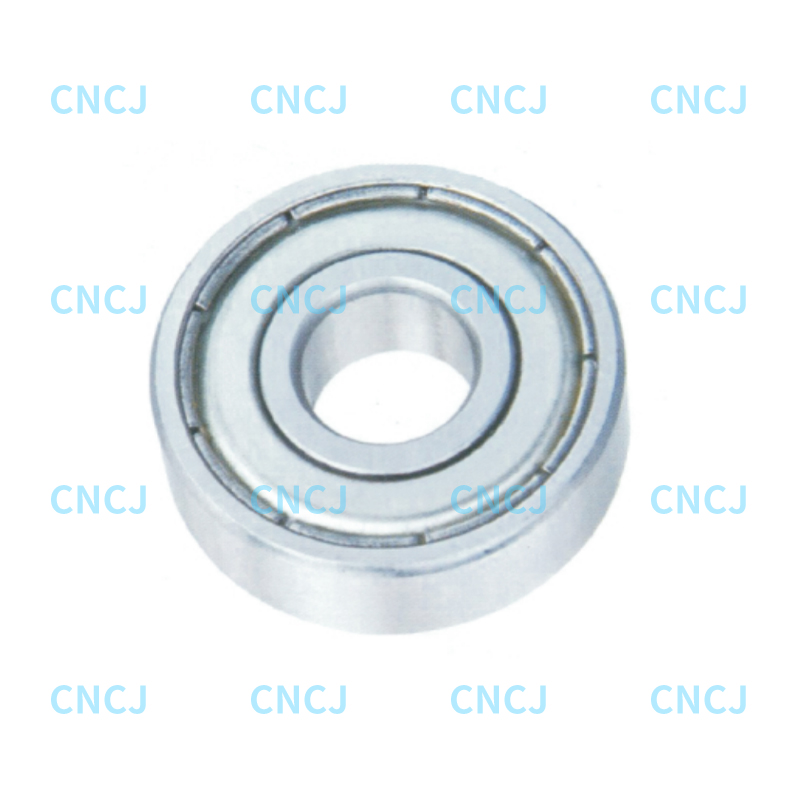
Under Different Working Conditions, How to Judge the Adaptability of the Precision Class of Inch Series Deep Groove Ball Bearings?
To judge the adaptability between the precision class and working conditions, it is necessary to start from the three core dimensions of equipment speed, load type, and operational accuracy requirements. From the perspective of speed, if the equipment is in a high-speed operation working condition (such as a motor spindle with a speed exceeding 5000 revolutions per minute), it is necessary to give priority to selecting bearings with P5 class or higher precision. Under high-speed conditions, the geometric deviation of low-precision bearings will lead to an increase in centrifugal force, causing the bearing to heat up, vibration to intensify, and the service life to be shortened. For low-speed and heavy-load working conditions (such as the transmission components of mining machinery), if the equipment has no high requirements on rotational accuracy, selecting P0 or P6 class bearings is sufficient. Excessively high precision will instead reduce the overload resistance due to the concentration of bearing contact stress. From the analysis of load type, for working conditions bearing impact loads (such as the connection parts of crushers), while ensuring basic precision, the structural strength of the bearing should be focused on, and there is no need to blindly pursue high precision classes. For precision transmission scenarios bearing stable loads (such as the feed system of CNC lathes), it is necessary to match bearings with P5 class or higher precision to ensure that the transmission error is controlled within the allowable range. In addition, the operational accuracy requirements of the equipment directly determine the lower limit of the precision class. If the equipment needs to ensure the precise coordination between components (such as the roller transmission of printing machines), the precision class must be at least P6, otherwise, the radial or axial movement of the bearing will affect the processing accuracy of the product.
What Key Details Should Be Paid Attention to to Avoid Misunderstandings in the Selection of Inch Series Deep Groove Ball Bearings?
In addition to the matching between the precision class and working conditions, to avoid misunderstandings in selection, it is also necessary to pay attention to the matching degree between the bearing's sealing form, lubrication method and working conditions, as well as the completeness of the working condition investigation before selection. In terms of sealing form, if the equipment is in a working condition with a lot of dust or humidity (such as textile machinery and food processing equipment), it is necessary to select inch series deep groove ball bearings with contact seals (such as double-sided rubber seals 2RS) to prevent the intrusion of impurities or the loss of grease. In dry, clean and high-speed working conditions (such as the interior of precision motors), non-contact seals (such as double-sided metal seals 2Z) or open bearings can be selected to reduce the friction loss caused by seals. In terms of lubrication method selection, for high-temperature working conditions (such as the transmission components of kilns), high-temperature resistant grease should be used, and the filling amount of grease inside the bearing should be adjusted according to the speed to avoid overheating caused by excessive grease. For low-temperature working conditions (such as refrigeration equipment), grease with good low-temperature fluidity should be selected to prevent the grease from solidifying and affecting the rotation of the bearing. In addition, the investigation of working conditions before selection cannot be ignored. Some selectors only select bearings based on the size and speed marked in the equipment manual, without understanding the load fluctuations and ambient temperature changes during the actual operation of the equipment on site, which easily leads to selection deviations. Therefore, it is necessary to comprehensively grasp the working condition parameters through on-site testing, historical fault analysis and other methods to achieve accurate selection.

 English
English 中文简体
中文简体 Deutsch
Deutsch Español
Español
